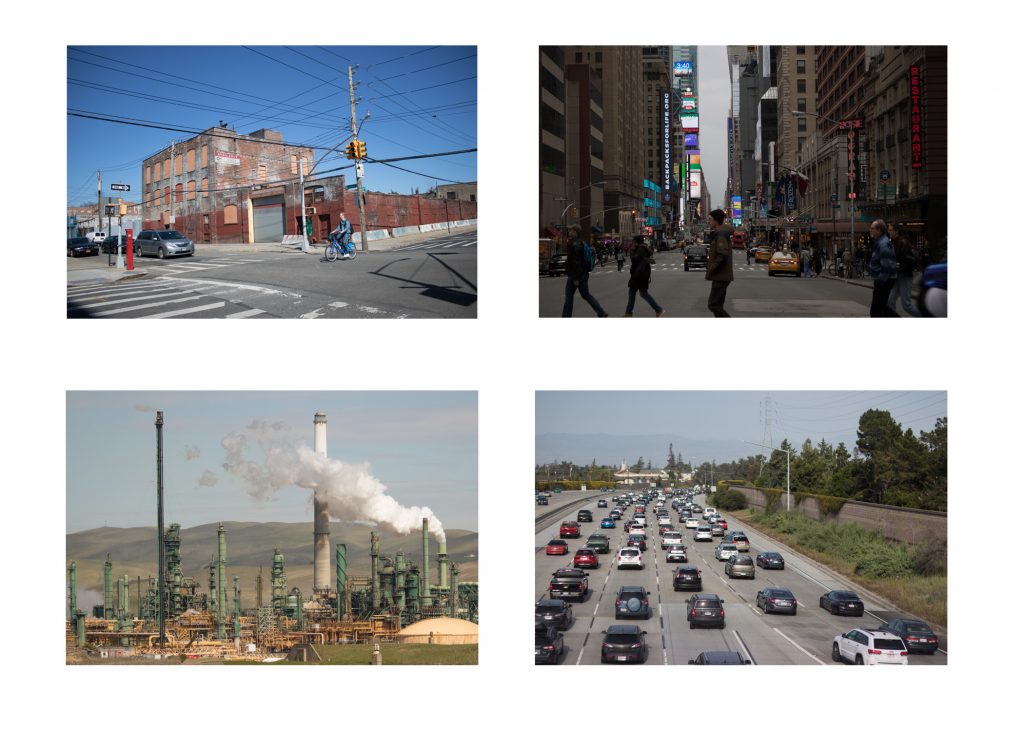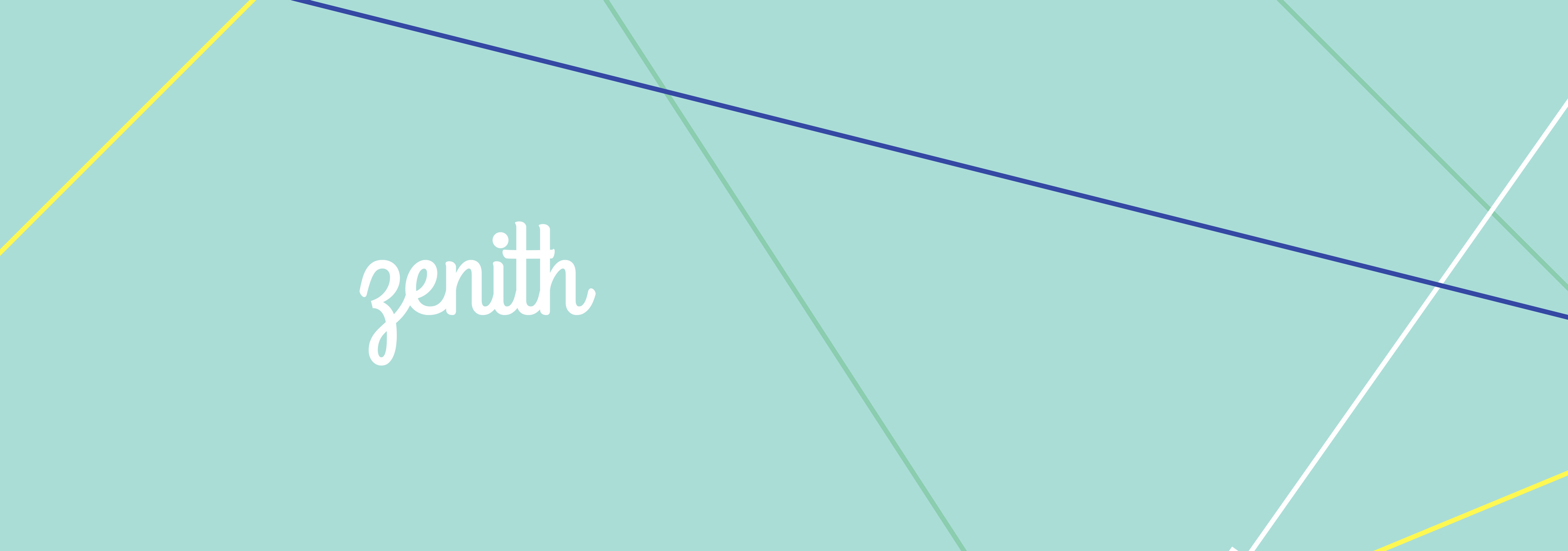Information, animation, and decoration– this book does it all!
In addition to its sleek, minimalist design, “Adaptations” is a multimedia piece,
incorporating writing, photography, and animation to unveil the hidden social
and economic effects of global warming in different parts of the world.
Scan featured photos’ QR codes and be immediately transported to the lifelike,
animated version of it on YouTube!
Click the link to buy a PRINT copy: http://www.blurb.com/b/8706772-adaptions
What
The “Zenith” is the final project assigned to the seniors at Freestyle. It is meant to encompass all of the skills that we have acquired here over the past two years. We are given complete freedom to explore a topic we are truly interested in and passionate about. There are three components to the Zenith unit: The Zenith project itself, the research paper, and the consumer product– all of which function cohesively to mesh all the subjects in the program together. For my project, I chose to explore how to make a “living photo” (or a picture that is animated to add dimension– not quite 3D, but 2.5D). As for the content of the photos, I wanted to emphasize the physical, social, and economic destruction of global warming. This directly ties into my research paper in which I call awareness to the consequential oppression of climate change and other related, underexposed issues. My goal is to tell these kinds of stories through not only my writing but also my animated photography and then collect them in a photo book which viewers will be able to scan with their phone and make come to life.
Final Animations:
Why
I was inspired to make living photos by one of my favorite creators, Sawyer Hartman. He is a photographer and YouTuber based in Los Angeles, and in 2015 he uploaded the first video of his “Living Photos” series in which he showcases a collection of dynamic moving images. I was fascinated when I saw them, so when the Zenith project rolled around, I knew it would be a great opportunity to take some time to learn how to do the same thing. The inspiration for my content, however, stemmed from the devastation my friends in Puerto Rico faced during the recent hit of Hurricane Maria. It made me think about how much more severe the damage was due to their overall lower economic status. It seemed unfair that because they didn’t have as much money they would have to face the consequences of this especially harsh natural disaster, so this was something I wanted to look into and aid.
The Process
My process in making this project included: driving and flying long distances to reach specific, desired locations, taking pictures, editing them, animating them, and printing them on paper and publishing them online (here). Sometimes the travels were stressful, required tolls, had horrible weather, or were impossible to find (requiring me to go back to try again multiple times). However, it’s a valuable trait to be adaptable. When a plan didn’t work out, I would either find something else to spontaneously shoot or I would just take note of what I learned about the location and take it into consideration for the next time I scheduled to return. Another obstacle I had to overcome were the technical difficulties (rendering!!!). After watching tons of YouTube tutorials and following their instructions carefully, I would still run into errors time and time again. This forced me to try different solutions and find my own approach at the same thing.

Reflection
What prompted me to research this topic was the severity of recent natural disasters linked to global warming which devastated many communities in different ways. For my zenith project, I shot and edited a series of photographs, still and animated, based on the stories I found regarding this topic to incorporate into a book designed to intrigue and inform people.
The research portion of my Zenith was vital because the content of my consumer product was completely based on it. I think the amount of research I did was sufficient. I found a lot of general stories, but I wish I could have found something more specific. Personal stories are the most intriguing, so without having any names or faces to connect my project to was a little bit disappointing. For this reason my project was also done very independently. All of the shooting and editing I did by myself because with the ideas I had, there was no need for a model. Another reason why there was a lack of collaboration is because sometimes when I was shooting I would see people and just take candid pictures of them– there was no need to schedule someone I knew when I could capture what I needed to organically. A problem I found with the content of the photographs I was supposed to be taking was that a lot of the ideas in my stories were very abstract (not tangible). For the animation that I intended to do, it is very important to have a clear subject separated from the background, but because I was trying to capture abstract ideas, I was unable to find physical subjects, and ended up only being able to edit a few shots the way I wanted.
In terms of what I would change, I think I would change the topic of my content so that I could I could animate more. Another “flaw” I saw with this project was the fact that there were so many different components that I had to focus on that it made it hard to excel in all of them. It also made me have to change my original pitch idea a lot in order to fulfill the requirements. If I were doing this on my own, I think I would have limited it to just making a photobook, not animating the pictures, and not focusing on an explicitly researchable topic. However, I am still proud of everything I made.
In the end, the process of the Zenith project helped me improve my sense of social and civic responsibility, self direction, high productivity, and visual literacy, while I still have room to practice creativity, teaming and collaboration, and risk taking. I think this is because as a left-brain thinker I have the technical and logistical side nailed. I’m very good at independently organizing things– it gives me peace of mind. Even though I am collaborative in many other organizations outside of Freestyle, I think I naturally worked alone because I don’t trust others to be reliable. This is something I need to work on because I could definitely learn a lot from others and incorporate what they bring to the table with what I can do to make something ultimately better. In the meantime while I’m still developing the other side of my brain that will allow me to make bolder decisions and take creative chances, collaboration with someone with more creativity would be very beneficial to the kind of work I want to do.
However, in the future, I think I’ll be able to apply a lot of the self direction and high productivity skills that I demonstrated through this project to other aspects of my life. Whether it’s through academic courses in college or tackling any real world project, I want to incorporate my visual literacy to enhance my work.
The objectives of the Zenith project are as follows: Ignite your passion, elevate your skills and experiences, and create your most successful Freestyle project. After the completion of my own project, I feel that I have absolutely “ignited my passion.” I found that throughout this journey, I really love traveling, photography, and creating. Although travel wasn’t an intended purpose of this project, it was still involved, and it fascinated me to immerse myself in different kinds of locations with new cultures and environments. In this way I also “elevated my skills and experiences.” The special thing about the Zenith is that it is an accumulation of all of the skills I have learned from my time at Freestyle– from the operation of a camera, to editing with Adobe programs, and producing a relevant, cohesive piece of writing. As for the most successful Freestyle project, I would say that my Zenith qualifies because it was driven by self-motivation and I produced more than I ever have in any other project.
After presenting to the students at Freestyle, I was pleasantly surprised by how intrigued they were with the concept of my project. They wanted to know what inspired me, how I did it, and the challenges I faced during the production process.
This whole experience has been incredibly valuable and has taught me so much about the way I work and what I am most passionate about. Because of this exploration, I know that I will incorporate photography and animation into the creative work that I do for fun in addition to film, and maybe it will take me somewhere.
